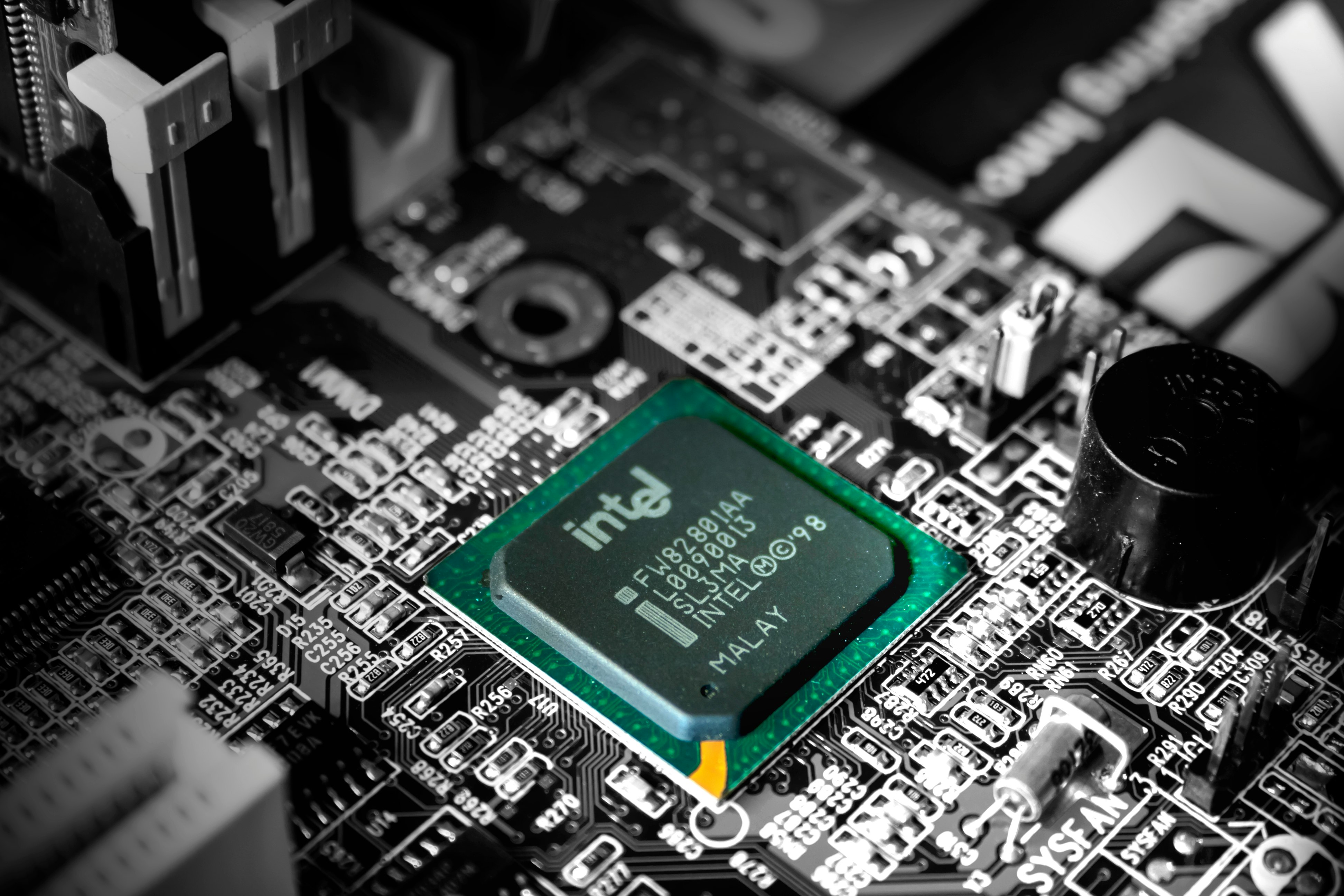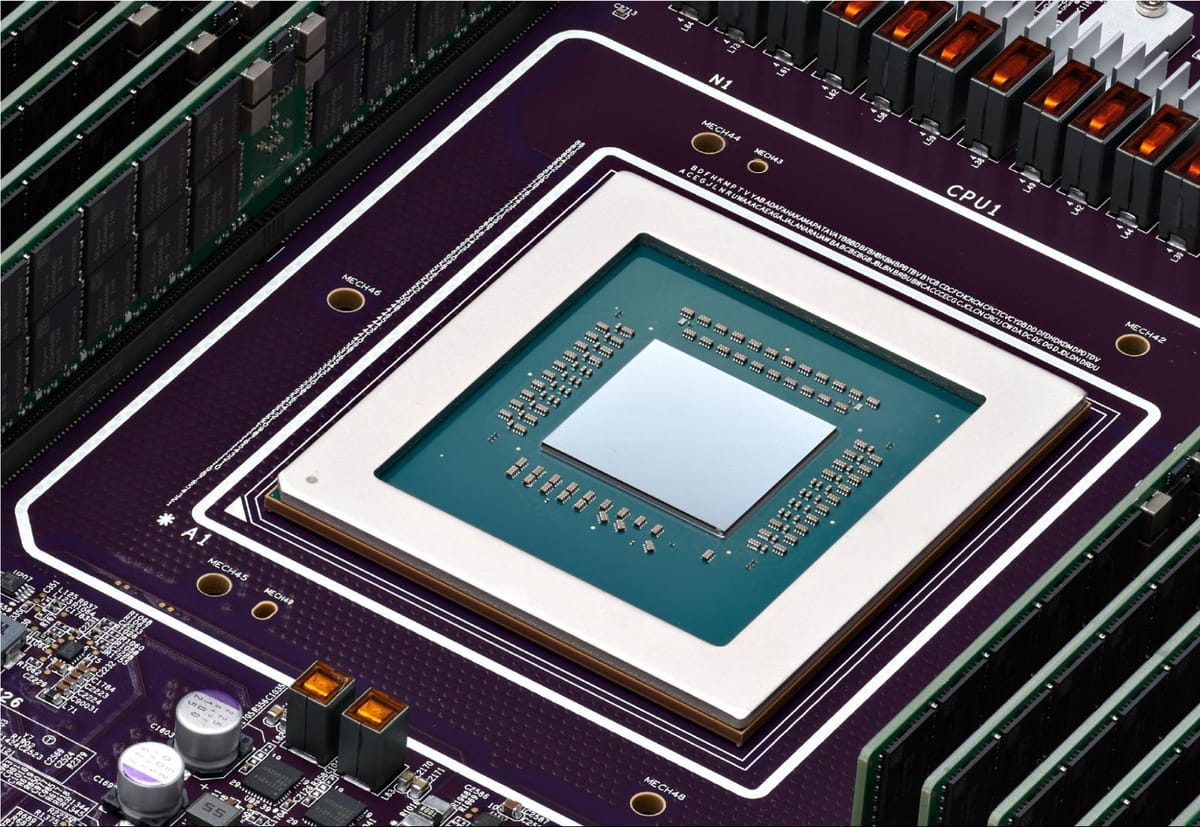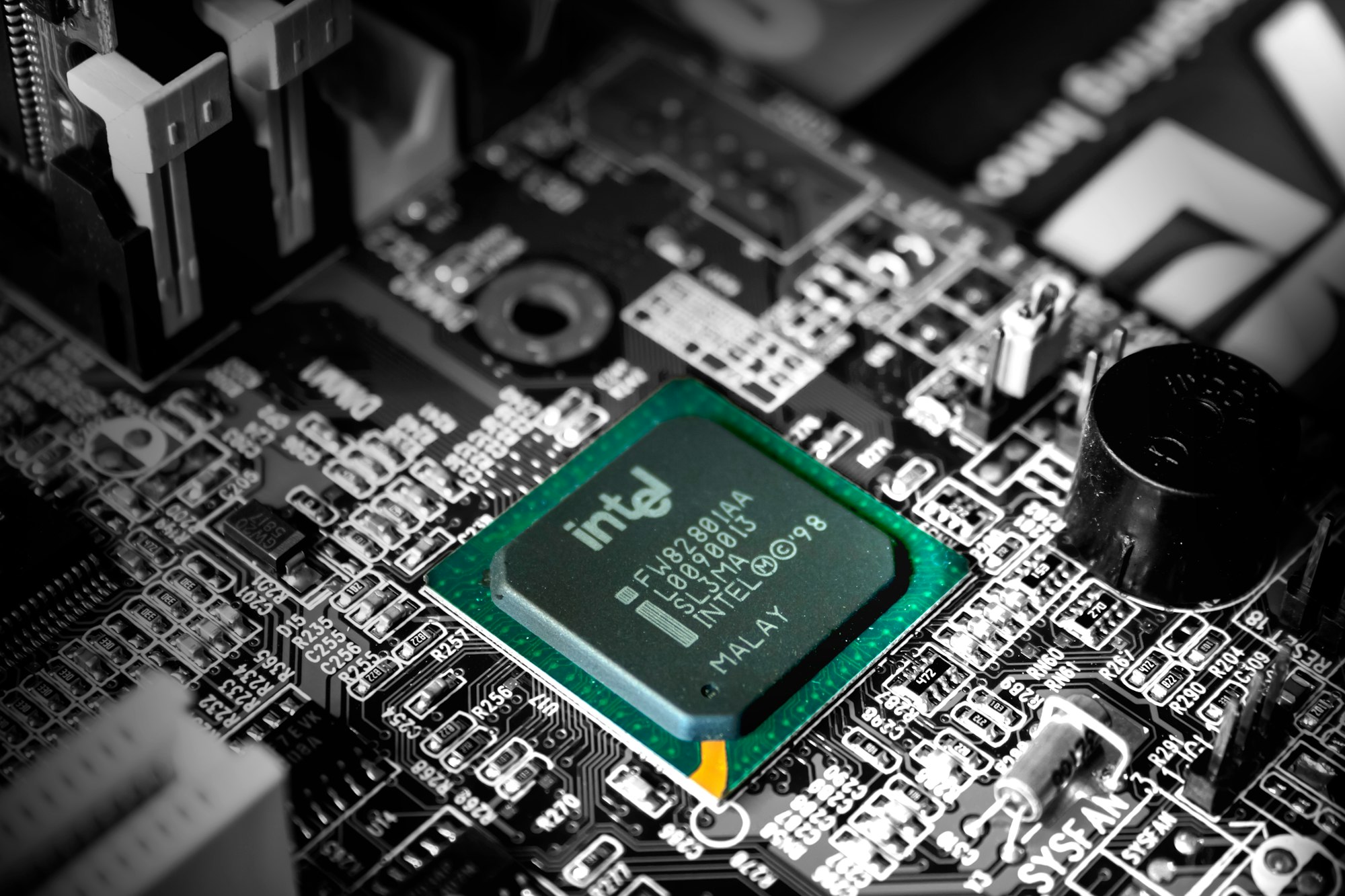Intel unveils the world's largest neuromorphic computer with 1.15 billion neurons
It can perform brain-scale computing research and solve problems in areas such as informatics.
Hala Point, the world's largest neuromorphic computer, has been unveiled by Intel, boasting 1.15 billion artificial neurons and capable of performing brain-scale computing research and solving problems in areas such as informatics.
This reveal comes after Intel assembled 1152 parts of its neuromorphic computer chip, which it introduced in 2021, into a single parallel processing system.
According to the software giant, the beast of a system can support up to 20 quadrillion operations per second, with an efficiency exceeding 15 trillion 8-bit operations per second per watt (TOPS/W) when executing conventional deep neural networks.

This surpasses the levels achieved by other GPU and CPU architectures in the tech industry right now including those of Nvidia which started the year on a high thanks to its major exploits in the tech market.
With this powerful processing system, the future of computing is set to witness a massive transformation as the computer's computational ability will offer new insights into key areas such as global defense, matter processing, computer architecture, infrastructure management, and basic science.

Intel believes that neuromorphic computing is the next big thing and will replace large language models (LLMs), especially as they are expensive to scale up and pose daunting sustainability challenges in AI.
The tech giant foresees a future where brain-inspired AI is the norm, with plans to progress the technology from research prototypes to industry-leading commercial products over the coming years.








